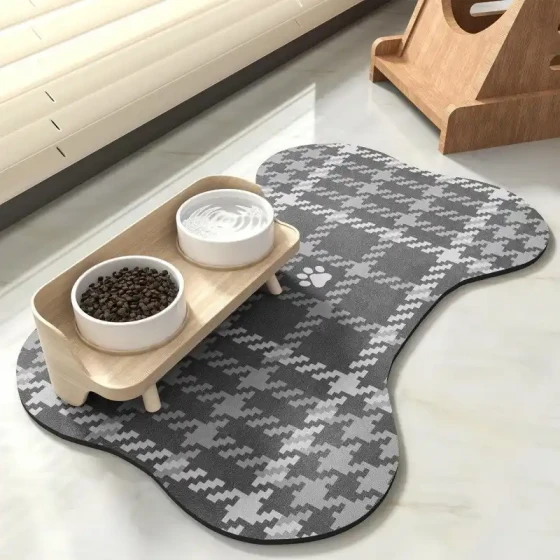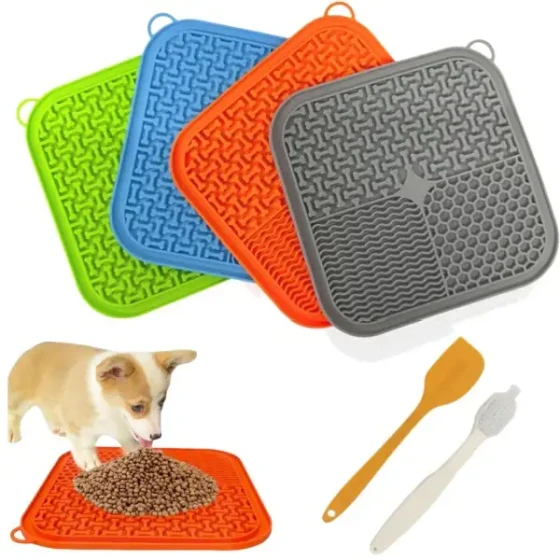How Much Do You Know About Dog Haircuts
It is believed that most dog owners face the issue of shaving their dogs. Currently, there are two common opinions: dogs should not be shaved and dogs should be shaved. Those who support not shaving believe that, on the one hand, the dog's hair is a kind of , and on the other hand, it acts as an insulating layer, keeping warm and blocking heat. Shaving hair is superfluous and does not help the dog but harms it; the other viewpoint supporting shaving believes that although the dog's coat has an insulating effect, when the dog's body temperature rises due to reasons like , the coat’s insulating effect actually leads to poor heat dissipation. In fact, both views have their correct and incorrect points. This article will explain the key points about dog shaving.
1. The Role of Dog Hair
The coat mainly serves purposes of insulation, protection, and sensation. It consists of hair shafts and hair roots. The hair shaft extends from the , composed of the cortex and medulla. The hair root is embedded in the hair follicle and consists of the hair sheath and a bulbous structure at the end.
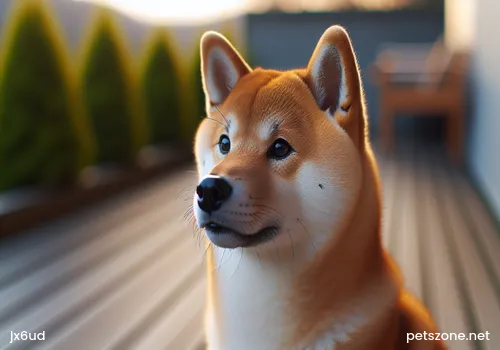
Figure 1: Anatomy of Hair and Skin
According to structural and functional characteristics, they can be divided into guard hairs, down hairs, and tactile hairs.
Guard hairs: relatively coarse, long, and tough, mainly protecting the skin.
Down hairs: finer, softer, and shorter, mainly providing insulation.
Tactile hairs: specialized guard hairs rich in nerve endings, primarily serving a sensory function.
2. Should Dogs Be Shaved?
As mentioned above, a dog’s coat serves protection, insulation, and sensory functions. Whether dogs should be shaved depends on their breed.
1.Dogs that normally molt
Although a dog’s coat has excellent insulating and heat-blocking effects, mainly due to the down hairs, dogs that molt in spring and autumn shed most of their down hairs in spring and replace them with a "summer coat" that facilitates heat dissipation. At this time, the coat mainly protects the skin and sensory function, while insulation and heat-blocking are significantly reduced. Therefore, for this kind of dog, shaving is not recommended because the dog's skin is protected by the coat for a long time. Removing it exposes the skin to the hot summer , making sunburn and skin diseases more likely.
2.Dogs originating from cold regions
For dogs from cold regions, such as the Alaskan Malamute and Siberian Husky, due to the climate, they have evolved cold-resistance and heat-sensitivity traits. Their coats have excellent insulation, even after the spring molt, their coats remain thicker than ordinary dogs. For these dogs, we suggest appropriate trimming but do not recommend shaving. If your local summer is extremely hot, provide air conditioning, fans, or cool water to help them through the summer.
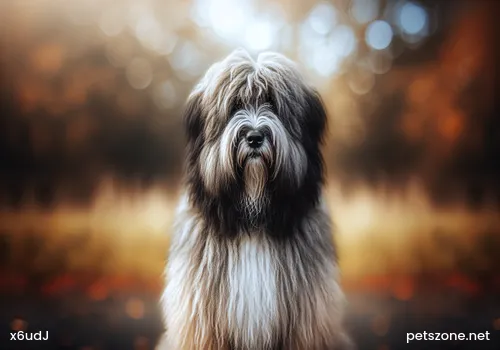
Figure 2: Alaskan Malamute from the Arctic Region (Image Unauthorized for Use)
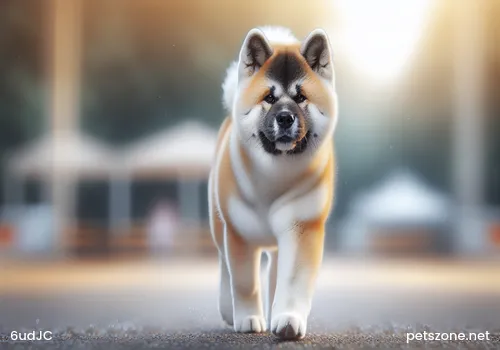
Figure 3: Dense Coat of the Alaskan Malamute (Image Unauthorized for Use)
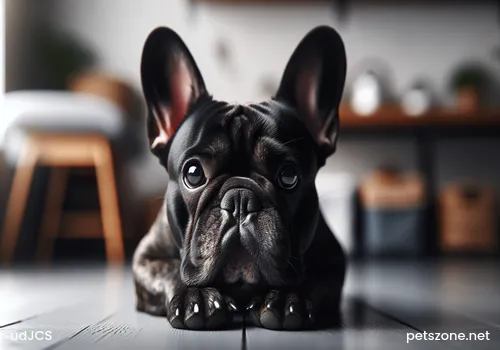
Figure 4: Very Dense Coat of a Newborn Alaskan Malamute Puppy (Image Unauthorized for Use)
3.Dogs that do not molt
Certain breeds do not molt in spring and autumn, such as Poodles (detailed introduction), Bichons, Schnauzers, Bedlington Terriers, and others. This is mainly due to their skin structure being relatively special. They have a single coat layer without a down hair layer, so their hair continuously grows and does not shed seasonally as other dogs do. Of course, these breeds still shed hair but in smaller amounts. Because most have curly hair, shed hairs easily tangle with other hairs, which is why these breeds require frequent grooming to prevent mats. For these dogs, regular combing and trimming throughout the year is necessary, but shaving to the extent of exposing the skin is not recommended.
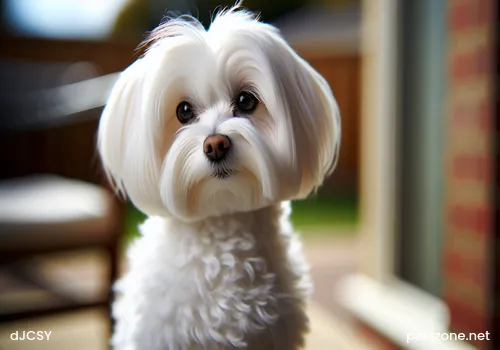
Figure 5: Appropriately Trimmed Poodle (Teddy Cut) (Image Unauthorized for Use)
3. Precautions for Shaving Dogs
If owners still want to shave their dogs, please pay attention to the following points:
1.Shaving should not be done too early; it is best when the temperature is relatively stable and the temperature difference between morning and evening is small. This can prevent physically weaker dogs from getting sick due to large temperature fluctuations.
2.The shaving length should not be too short. As emphasized above, the dog's coat protects the skin well, and shaving to expose the skin should be absolutely avoided to prevent sunburn and skin diseases.
3.For dogs that already have skin diseases, it is recommended to shave large areas (even completely). This helps topical medications work better and makes it easier to detect other lesions for thorough treatment, and can prevent infections. It should be noted that at this time, the dog’s skin lacks the protection of hair and should avoid direct sunlight as much as possible. Reduce outdoor exposure times, and choose times after dusk for outdoor activity.


